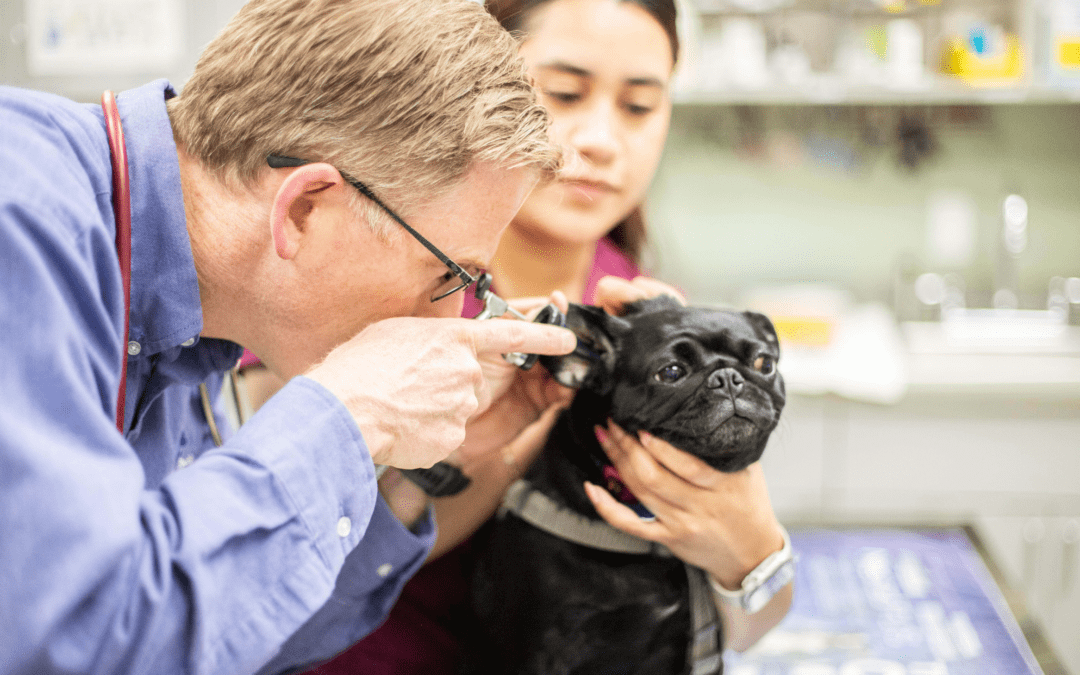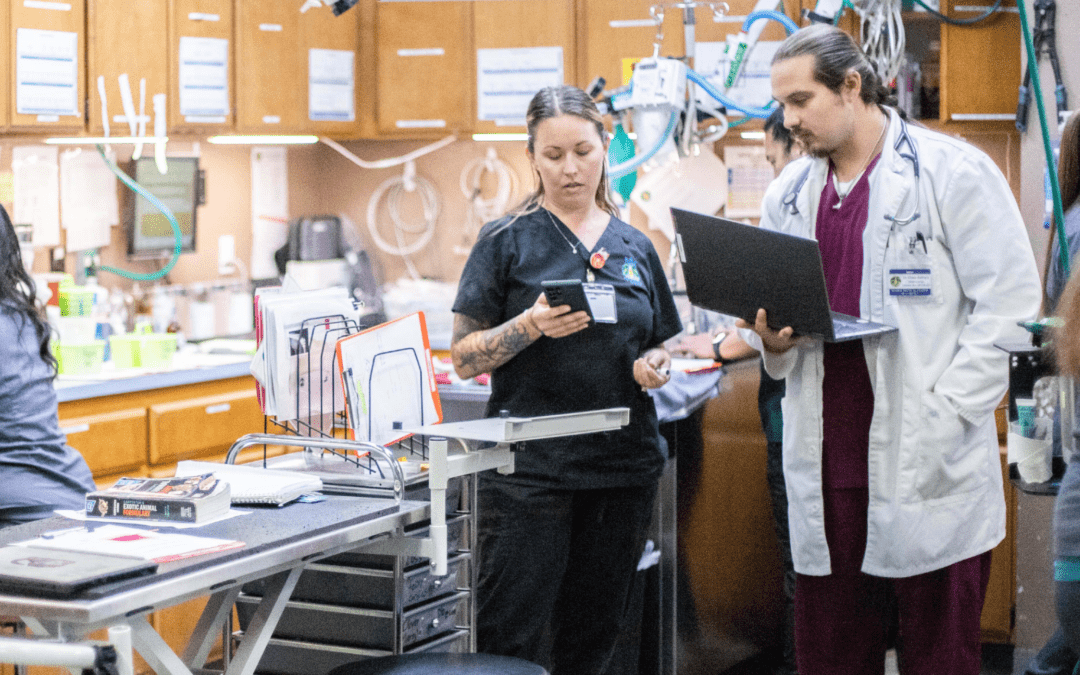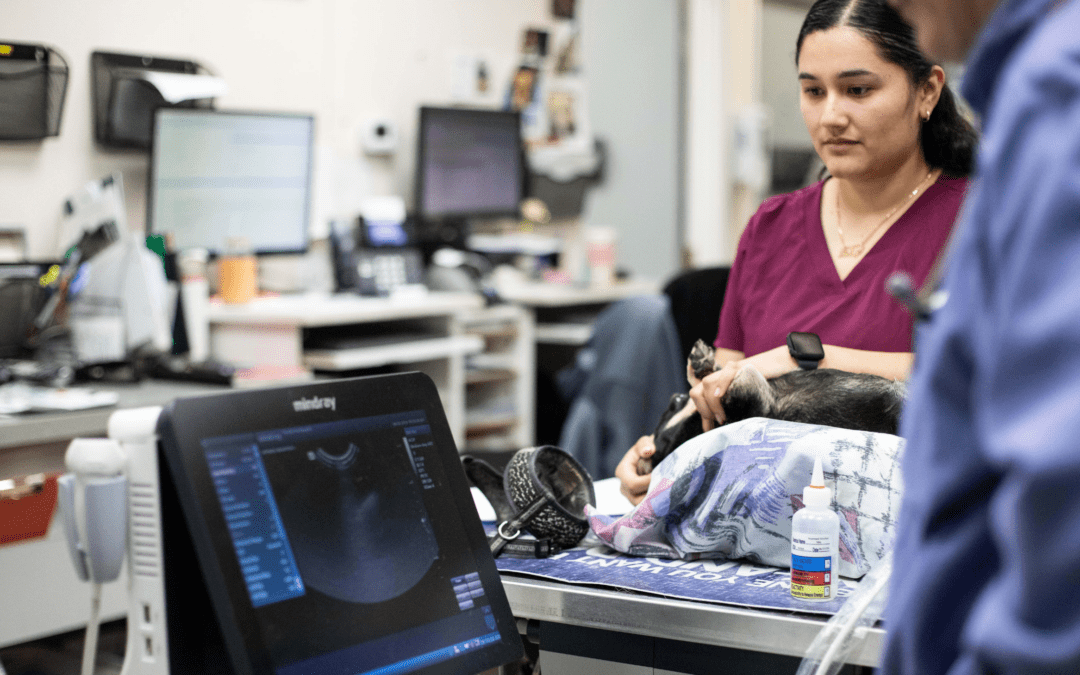December heralds the end of the fiscal year. That means it’s time to tackle that end-of-year inventory you may have been dreading. These crucial—and mandatory—counts can seem overwhelming, especially if you’re new to them. So we wanted to take the time to address your possible concerns with our latest Simple, Interrupted podcast. We sat down with Nicole Clausen of Veterinary Care Logistics, who brings over a decade of experience with inventory to the conversation. She offered helpful tips to get you through your counts with minimal stress.
Ensuring a smooth inventory process
Inventory requires time, staff, and resources, but it’s crucial for tax and accounting purposes. And your practice wants a clean slate to begin the new year.
- Nicole recommends that you begin with an initial cleanup of your data. Do you have items on your list that are no longer stocked? Were new products brought in but not added?
- Don’t overlook the benefit of your PIMS. Many offer counting sheets you can divide by category.
- Nicole reminds you to delegate where possible. “If you have a dentistry technician who’s an absolute rockstar at dentistry, have them count the dental category.”
- Most importantly, enter your counts the day you make them. This way, you don’t risk changes later in the week.
- If an end-of-year inventory overwhelms you, cycle count. This involves conducting smaller counts throughout the year. (Hint, we have an upcoming webinar to guide you through the process!)
Nicole counsels patience. If this is your first time taking inventory, you might feel overwhelmed. Take notes on what works and what you can improve next year.
Returning to our favorite episodes
The end of the year is also a time for reflection. And we wanted to return to some of our favorite podcasts. We’re highlighting those moments here, but we encourage you to revisit the entire podcast.
- Have you had some concerns over the state of your clinic culture? We chatted with Dr. Sarah Wooten and technician Amy Newfield about that very thing: “I always tell people that changing anything is a marathon. It’s not a sprint. And so we’re probably looking at an average of a hospital really feeling the impact of change, particularly in a culture setting, of about nine months to a year. Which sounds daunting. But remember, it took you a long time to get there. So we’re going to do due diligence, put in the legwork, and we’re going to get there.”
- Toxic employees are a frequent concern in the veterinary field. We sat down with Dr. Phil Richmond and technician Alyssa Mages to strategize plans to get your clinic on firm footing: “We’re our own worst critics anyway. So if we are surrounded by all of our own worst critics, that doesn’t make for a fun place to be.”
- To retain the best staff possible, we spoke about creating growth opportunities with technicians Neda Panushka and Paige Allen: “As I do evaluations of my staff, I talk about ‘meets expectations.’ And ‘meets’ is not bad. ‘Meets’ is a C. It means you’ve got the knowledge. You’re doing what you’re supposed to do. But everybody wants to be in ‘exceeds.’ So how do I define that?”
Want to listen to the full episode? Listen below or on your favorite podcast app!






